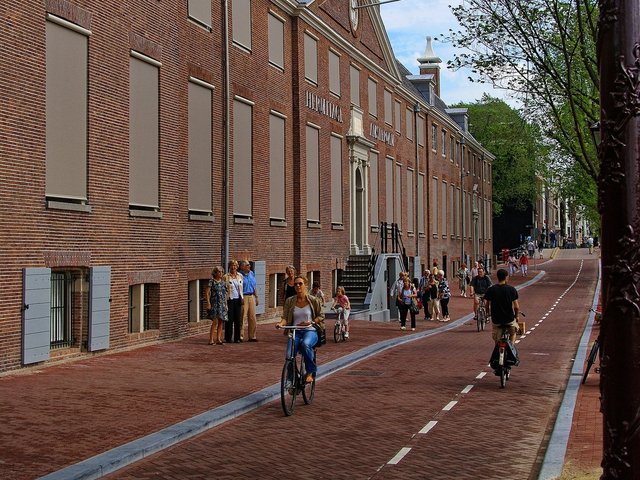Dutch Golden Age masterpieces from the State Hermitage Museum in St Petersburg are making a rare return to the Netherlands this autumn. Amassed by Russia’s tsars since Peter the Great, the museum’s collection of 17th-century Dutch paintings is the largest outside the Netherlands, with around 1,500 works. Sixty-three pieces by 50 artists are due to travel to the Hermitage Amsterdam for the first dedicated exhibition, Dutch Masters from the Hermitage: Treasures of the Tsars (7 October-27 May 2018).
Among the works that are leaving the Hermitage’s permanent Dutch galleries are six Rembrandts, including Flora (1634) and Portrait of an Old Man in Red (1652-54), which were both acquired by Catherine the Great. The show will survey the period’s principal artists and the wide range of genres they worked in—portraiture, still-life, landscape, history painting and genre scenes—but also reveal the origins of the Hermitage collection.
Dutch paintings became a status symbol for the European elites in the 18th century, and Russians were no exception. Peter the Great, who reigned from 1682 to 1725, showed an early interest in the field, buying his first Rembrandt in 1716. Catherine the Great, who took the throne in 1762, followed in his footsteps, using agents to snap up major private collections across Europe to fill the Winter Palace in St Petersburg.
The realist style and domestic iconography of Dutch paintings appealed to Russian tastes and came to influence Russian painters. The exhibition will include vases decorated with hand-painted copies of the Hermitage’s Dutch paintings—evidence of the craze for porcelain reproductions that swept Europe in the 18th and 19th centuries.
The curators have also borrowed back one of the Hermitage paintings sold off by the Soviet regime in the late 1920s and early 1930s to finance Russia’s industrialisation. The Mauritshuis in the Hague is to lend Thomas de Keyser’s full-length Portrait of Loef Vredericx as an Ensign (1626), which once belonged to Catherine’s son and short-lived successor, Tsar Paul I.




